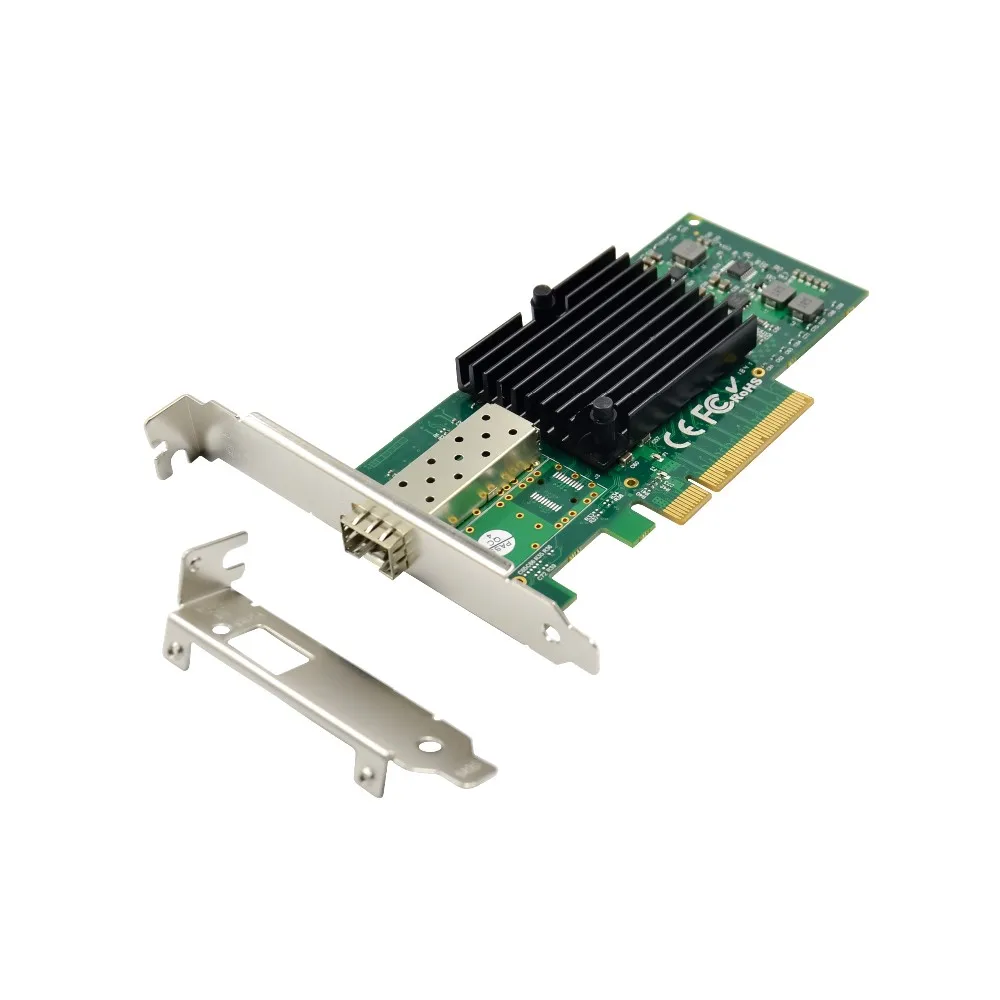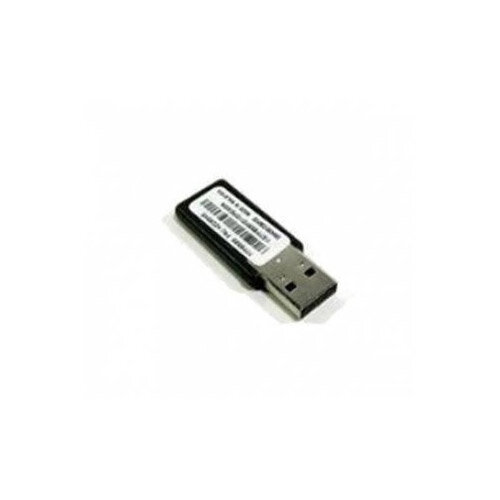

From the installation wizard that opens, pick the PCI/ PCIe device from the drop-down menu followed by clicking Next and Finish. Once you are sure the VM is off, go to the Summary tab -> Edit Settings and then add a PCI Device followed by clicking next. This is important for machines where the target VM automatically starts up upon server boot. VMWare Reboot to Enable PassthroughĪfter the reboot occurs, the next important step is to make sure that the virtual machine where the PCIe or USB device is being passed through to is in an off state. VMWare Set LSI 9211-8i to passthroughĪt this point, one needs to do a step I forgot my first time doing passthrough of a controller… and that is actually rebooting the ESXi host. Once the correct check box has been selected, click OK.
#ESXI USB 3 CARD MANUAL#
VMWare Configuration Tab - Advanced Settings for VMDirectPathĪ window will then pop up asking to select a device to pass through (note actually associating the passthrough device with a VM occurs later.) Make sure that you select the correct device, a lot of USB controllers for example look very similar on this screen, so you may need to download and view the motherboard manual when figuring out what to pass through. VMWare Configuration Tabįrom there, go to Advanced Settings where passthrough can be configured by clicking the button labeled “Configure Passthrough” Select the appropriate server and go to the Configuration Tab. Next log into the vSphere client and connect to your server.

Once this check is complete, let the server boot. If the system is remote, you can still do this with IPMI 2.0 and KVM-over-IP. Once you are sure that the specs support VMDirectPath, you should double-check that the features are enabled in the BIOS.


 0 kommentar(er)
0 kommentar(er)
